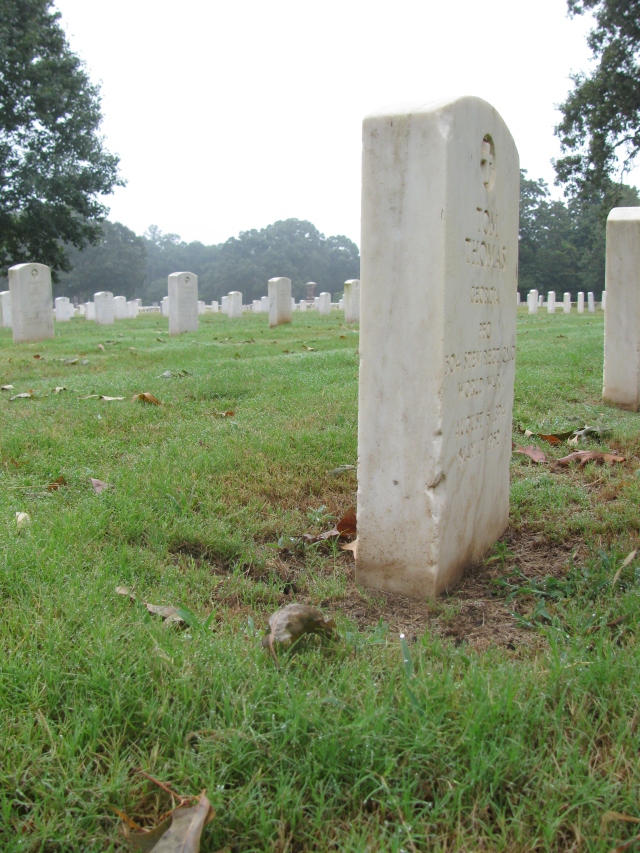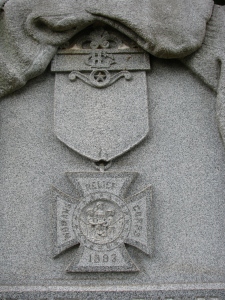Earlier I posted about the work of the Woman’s Relief Corp. In that writing, I left out one of their most prominent works- the preservation of the Andersonville Prison Site in Andersonville, Georgia. This organization is a key element in the preservation and memorialization of the Andersonville prison site.
By the late 1880s, veterans began to visit the site of the prison. The federal government had confiscated the land and continued to hold it after the war and had established the national cemetery. Very little had been done with the actual prison grounds. Some local freedmen lived on the site and much of it was grown over or tilled under.
The time spent at Andersonville by the Union veterans and the bitterness over the conditions of the prisoners during the war still evoked emotion. Those visiting the site were dismayed to see nothing was done to memorialize the hollowed grounds. In May 1890, the Georgia Grand Army of the Republic purchased 73 1/2 acres that had been the prison stockade. They immediately began working on restoring the grounds. By 1895, the veterans realized that the cost of paying the mortgage and maintenance of the site was more than they could fund. The men offered the site to the GAR’s auxiliary organization the Woman’s Relief Corp.
The women set to work at preserving the site and hosting returning veterans. They built a cottage on the grounds for the elected manager Lizabeth Turner to live in and to host returning veterans. Turner had love and respect for the men in blue and devoted herself to honoring those who struggled and died at that site. The women of the WRC vowed to protect the “wells they [prisoner] tried to dig with their own naked hands. . .and the spring the Lord opened with a thunderbolt in answer to their dying prayers.” The trustees began protecting the site by placing a wire around it and iron gates for the entrance. The WRC encouraged the veterans to erect monuments to honor and remember the men who struggled for survival there. In 1901, working with the Ex-Union Prisoners of War Association, they constructed a pavilion over Providence Springs
By 1908, the continued maintenance of the site began to prove to costly for the WRC and they began to approach the Army to take the site. The army already had over site of the cemetery so it made sense. On March 2, 1910, the Secretary of War authorized the army to accept the 88 acre as a gift from the Woman’s Relief Corp and the Grand Army of the Republic. The WRC continued to take interest in the prison site. They erected a monument to honor Lizabeth Turner and to recognize their contribution to the preservation of the prison site.



You must be logged in to post a comment.